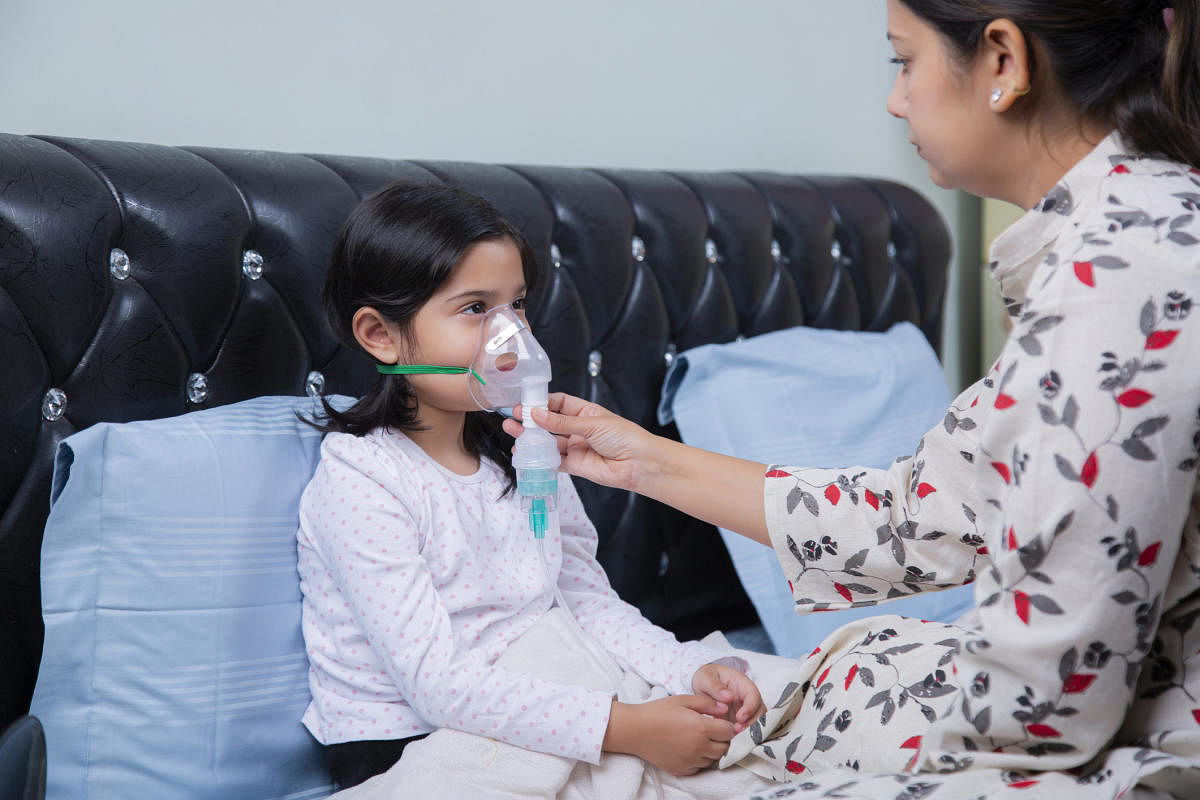
Earlier, external oxygen support was recommended for Covid-19 patients who struggle to breathe even after recovery. But with the rapid increase in cases in the city, many patients recovering from breathlessness at home are using either oxygen cylinders or concentrators.
A scarcity of oxygen cylinders and their overall bulkiness, has currently pushed the oxygen concentrator market, earlier supplementary medical equipment, at the forefront for moderate patients in hospitals and home isolated patients. But using the equipment with correct specifications is important, to avoid any damage. Consult before using oxygen at home, warn city doctors.
Who are oxygen concentrators suitable for?
“Only mild to moderately ill patients, who have an oxygen saturation level between 88 and 94, should depend on an oxygen concentrator and can use it at home. Because there is a scarcity of oxygen, even those with an oxygen level as low as 86 can opt for one. For anyone with a lower oxygen concentration level it will not help, they need medical assistance at that point,” says Dr Sunay Mahesh.
Anyone with oxygen saturation depleting between 80 and 85 may need higher flow of oxygen and will have to switch to a cylinder or liquid medical oxygen supply.
What to look for when buying or renting one?
Dr Kotresh, senior intensivist, says normal air will have 21 per cent oxygen. The concentrator will suck in atmospheric air, filter nitrogen and other gases, and compress remaining oxygen and dispense it through the cannula. “If one litre oxygen is provided to the patient through concentrator, the oxygen percentage in lungs rises to 24 per cent, with two litres it rises to 28 per cent and with 10 litres it rises to 60 per cent. Depending on need, the litres of oxygen per minute, have to be regulated,” he explains.
“The ideal concentrator in the Covid situation is 10 litres per minute (LPM). But if that’s not available you can settle for a concentrator between 5 to 10 LPM but definitely not below five LPM,” says Dr Sunay.
It is also important to know the purity rate of the oxygen, “Opt for a concentrator delivering 93 per cent oxygen, anything below that is not useful,” he adds.
For an oxygen concentrator to be effective, a constant electricity supply is a must. “Constant supply of electricity is a must. If you’re using a power extension then ensure that it’s not too far, that will tamper the oxygen supply. Also, if you live in a place with frequent power cuts, it is better to look for an oxygen cylinder rather than a concentrator,” says Dr Kotresh.
Fire hazard
Oxygen concentrators and cylinders are highly combustible, it is recommended they are kept away from flammable objects. “Ensure the concentrator is kept at a good distance away from the kitchen and in a place with decent ventilation. Indian houses are usually quite cramped up, so it’s best to keep all windows open when an oxygen concentrator is being used,” advises Dr Kotresh.
“If you aren’t sure how to use a cylinder or concentrator, always consult a medical professional. You don’t want to play guessing games in this situation. How to use one and how much to use can easily be explained through a video call, you don’t even need to leave your house,” he says.
He also warned that a “poor quality” concentrator can give a poor output even if specifications are 10 LPM. “Always check the supplier’s credentials,” he warns.